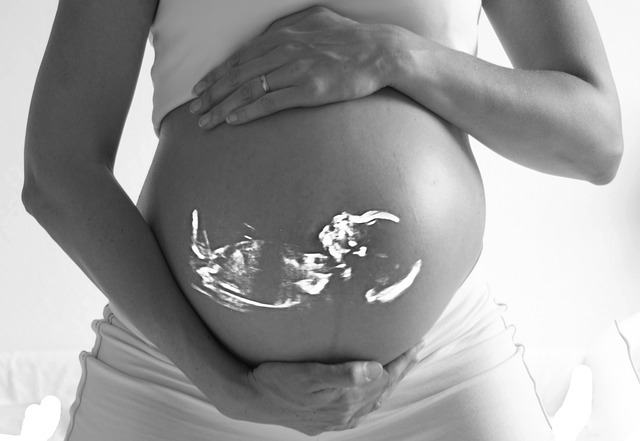Have you ever wondered why women put on so much weight when they are pregnant? Have you ever thought it was related to the amount of additional energy needed by the body to develop the baby over nine months? Well, Australian researchers at Monash University have determined that over the course of a pregnancy, the average woman expends 50,000 dietary calories beyond the usual amount during a nine month period.
Depending on age or gender, a human being can burn between 1,200 to 2,000 calories per day (not counting exercise), says the Cleveland Clinic. That means 50,000 calories – for the average woman – does not even equal 50 days of additional caloric intake during the average 260-day pregnancy. However, most of the extra calories are burned by the human body over the last few months of the pregnancy.
Will you offer us a hand? Every gift, regardless of size, fuels our future.
Your critical contribution enables us to maintain our independence from shareholders or wealthy owners, allowing us to keep up reporting without bias. It means we can continue to make Jewish Business News available to everyone.
You can support us for as little as $1 via PayPal at office@jewishbusinessnews.com.
Thank you.
Reproduction is a very energy-intensive process for animals, explained the researchers. Traditionally, research has focused on the direct costs of offspring production, like egg or sperm production. However, as you mentioned, caring for offspring is actually a much bigger energetic investment. The study by Ginther et al. sheds light on this by providing a framework to estimate the total reproductive costs across different animal groups. Their findings are interesting – caring for offspring can be up to 10 times more expensive than producing them, and this applies to a wide range of animals, not just mammals. This highlights the importance of parental care in an animal’s reproductive strategy.
Animals invest energy in two ways. Building the offspring, which includes the energy stored within eggs, sperm, or developing young. Scientists already have a good grasp of this “direct cost.” Then there is for raising the offspring, which covers the energy parents burn creating, carrying, and caring for their young before they’re independent. Think of the energy a mother uses during pregnancy or a bird feeding its chicks. This “indirect cost” has been largely overlooked, but it’s likely much bigger than previously thought.
The scientists presented a framework for estimating the total energy costs of reproduction by combining data on the energy content of offspring (direct costs) and the metabolic load of bearing them (indirect costs). They found that direct costs typically represent the smaller fraction of the energy expended on reproduction. Mammals pay the highest reproductive costs (excluding lactation), ~90% of which are indirect. Ectotherms expend less on reproduction overall, and live-bearing ectotherms pay higher indirect costs compared with egg-layers. The researchers showed that the energy demands of reproduction exceed standard assumptions.




